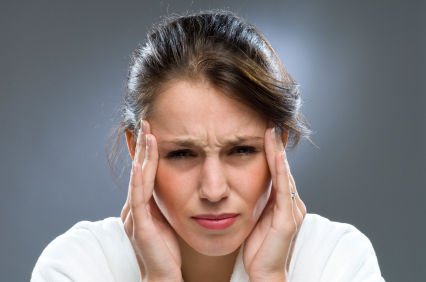A new approach to the treatment of headaches which looks at coping with their triggers is thefocus of new research at Griffith University.
Headache disorders are among the most common disorders of the nervous system, causingsubstantial disability in populations throughout the world.
It has been estimated that globally, the percentage of the adult population with an active headachedisorder are 46% for headache in general, 11% for migraine, 42% for tension-type headache and3% for chronic daily headache.
While the results of Cognitive Behaviourial Therapy (CBT) have so far provided promising resultsfor the common headache and migraine, it has not resulted in clinical improvement for all cases,says research leader Professor Paul Martin from Griffith Health Institute’s Behaviourial Basisof Health program.
Learning to cope with the triggers
Professor Martin has developed an approach designed to enable people to cope with the triggers oftheir headaches called Learning to Cope with Triggers (LCT).
“Our previous research has shown that it is not possible to completely avoid all potential headachetriggers as they are so diverse and attempting to do so, could result in a restricted lifestyle. Also,attempts to avoid triggers – which could include food, noise, tiredness, stress etc – will result in noexposure to them or short exposure. This may lead to the capacity of the trigger to precipitateheadaches being maintained or increased through a process of sensitisation or lack of opportunityfor learning to cope with the trigger.”
With the aid of a $500,000 National Health and Medical Research Council grant, the Griffith teamwill show how a combination of CBT and LCT will help headache sufferers to become
desensitised to triggers or build up a tolerance to them.This combination therapy will entail sufferers being asked to imagine themselves in stressfulsituations.
“For example, with someone whose headaches are triggered by stress we could help them toimagine themselves in stressful situations, the exposure of which would be very gradually andcarefully increased. We would then help the person to manage this stressful situation using variouscoping strategies such as relaxation skills or learning how to recognise any negative thoughtprocesses associated with headache onset.”
Working over four-years, Professor Martin and his team will see participants – aged between 18and 65 and who have been suffering a headache diagnosis for at least a year – on a weekly 60minute basis for a 12-week period.
“I expect a treatment that combines CBT with LCT to be extremely effective in headachemanagement,” he says. “We have previously found standard CBT to be about 68% effective on its
own, so when it’s combined with LCT we could be looking at somewhere in the region of 80-90%effectiveness.”
